We all know that monarch caterpillars eat milkweed plants, but what about the other insects that share a food source with Monarchs? Red Milkweed Beetle (Tetraopes tetrophthalmus)Native range: Their range matches the distribution of Common Milkweed (Asclepias syriaca), basically the Northeast quadrant of North America Harmful to Monarch caterpillars/eggs? No. They are herbivores and only eat milkweed. They are harmless to monarch larvae and eggs so you can leave them on your milkweed plant if you have enough to go around. Identification: Red/orange in color with oval spots all over body and un-ringed antennae. Life Cycle: Eggs laid on stems near ground or just below surface; larvae bore into stems, overwinter in roots, and pupate in spring; adults emerge in early summer Small Milkweed Bug (Lygaeus kalmii)Native range: Throughout US and Southern Canada Harmful to Monarch caterpillars/eggs? Usually not. They are mostly herbaceous and will suck nectar from flowers and sometimes feed on milkweed seeds. However, they have been reported to be predators, especially in spring when milkweed seeds are scarce. They have been reported feeding on honey bees, monarch caterpillars and pupae, and dogbane beetles, among others (Root 1986). If you feel like you MUST remove them from your plant, the best method to is to place them into a bucket of soapy water, NOT use pesticides that will harm other beneficial insects. Identification They adult is black with a broad orange/red band on forewing, forming an "X" shape. Their head is black with a dull red spot on top. In eastern specimens, forewings are all black, but in western specimens they have large white spots. (Bugguide.net) Life cycle Eggs are laid on milkweed in spring. One or more generations per year. Adults overwinter. Large Milkweed Bug (Oncopeltus fasciatus)Native range: Throughout North America and from Central America through Mexico and the Caribbean to southern areas in Canada. Harmful to Monarch caterpillars/eggs? No, they do not feed on Monarch larvae or eggs so they are harmless and play a role in the ecosystem. However, they do feed on the seeds, leaves and stems of milkweeds (Asclepias). Damage to the plants can deplete resources for Monarch caterpillars. Planting more milkweed will ensure that they both have enough to eat. Identification: Adults are overall black and orange- with black band in the middle and two large black spots in front and back. Nymphs are bright orange and develop black spots late. Life Cycle: Eggs are laid in milkweed seed pods or in crevices between pods. About 30 eggs are laid a day, and about 2,000 over a female's lifespan, which lasts about a month during the summer. One or more generations per year. They can't survive cold winters, so they migrate south in the fall. They overwinter in the southern Atlantic and Gulf coast states where they feed and breed and gradually migrate north again in the spring and summer. (bugguide.net) Swamp Milkweed Leaf Beetle (Labidomera clivicollis)Native range: Widespread in North America east of the Rocky Mountains, south to northern Mexico (Riley et al. 2003) Harmful to Monarch caterpillars/eggs? Technically, no, because they are herbaceous. They do feed on milkweeds, especially Swamp Milkweed (Asclepias incarnata), but also Common Milkweed (A. syriaca) so just plant more so there is enough to go around! Life Cycle: They often overwinter as adults among leaves such as mullein (Verbascum). Adults mate on or around milkweed. Eggs are cemented to the underside of leaves. Larvae feed on leaves, and drop to ground to pupate (National Audubon Society Field Guide to Insects and Spiders) Note: Unlike the Monarch, larvae and adults of the milkweed leaf beetle are not thought to sequester cardiac glycosides from their milkweed host. Milkweed Tussock Moth Caterpillar (Euchaetes egle)Distribution: From southern Canada and south through Texas and Florida in North America Harmful to Monarch caterpillars/eggs? No, they are herbivores and only eat Milkweed. But they can defoliate an entire stand of Milkweed in a matter of days. Again, plant more milkweed! If you must: Handle milkweed tussock moth caterpillars with gloved hands as the caterpillars have urticating hairs that can result in an uncomfortable rash. Identification: Early instars appear slightly hairy and gray. Later instars sport tufts of black, white, and orange (sometimes yellow) setae (hairs). The head capsule is black. Larvae grow as long as 35 mm. Life Cycle: There is one generation per year in the north and two or more in the south. Mature caterpillars occur from June onwards. Monarch (Danaus plexippus)And finally! Our beloved Monarch caterpillars. We want to plant enough milkweed for the survival of these creatures while still respecting the natural order and ecosystems in nature. Please do not ever use pesticides on milkweed because you will not only harm the "pests" but also our beloved Monarchs which are in decline. Large Milkweed Bug Profile https://bugguide.net/node/view/504 Missouri Botanical Garden http://www.missouribotanicalgarden.org/gardens-gardening/your-garden/help-for-the-home-gardener/advice-tips-resources/pests-and-problems/insects/plant-bugs/milkweed-bugs.aspx Milne, Lorus and Margery. National Audubon Society Field Guide to Insects and Spiders Knopf, 1980. Red Milkweed Beetle Profile https://bugguide.net/node/view/2966 Small Milkweed Bug Profile https://bugguide.net/node/view/460#range Resources
39 Comments
4/21/2019 03:49:06 pm
So interesting! My customers often ask me if the milkweed bugs will harm their monarchs or milkweeds, and what is the difference between bugs. I didn't realize some of the milkweed bugs looked so similar but would behave so differently. Thank you!
Reply
Rebecca
4/22/2019 07:55:03 am
Glad you found it helpful. Thank you for reading!
Reply
i dont like comments but when I do, it means you must be a good content creator. <a href="https://aannews.com.ng/">Trust </a>me you will be a great literature teacher. i have really been searching for answer to this question, once again thanks for sharing the most useful information on google.
Reply
Elizabeth R McDonell
11/15/2019 02:55:27 pm
Thank you for the information. Now I finally know what they are.
Reply
Susan Greenlee Mamon
6/10/2020 07:41:14 am
I had an infestation of large milkweed bugs. Pulled up all of my milkweeds. More have now come up, and the bugs are back. How can I get rid of the bugs without harming the monarchs? I live in central FL.
Reply
Carter Andrea
6/13/2020 09:11:19 am
I use Neem oil on the young milkweed bugs. I just spray at little on the infestations. I check for them every day. I also squish the adults. You have to be vigilant but eventually you will get them under control. Otherwise the milkweed ends up not flowering...
Reply
Me
9/30/2020 08:53:45 pm
Wouldn't neem oil also kill the butterflies?
C.G.
6/14/2021 10:07:43 am
Hi. Just an observation but NEEM OIL isn't native to the U.S.A. In fact it comes from Africa I read. The result of an insect consuming Neem, You'd be horrified! It basically tortures them from the inside out. Kills reproduction. Causes them to excrete their own innards! I'm never going to torture anything living just because I'm human. If u r losing a lot of milkweed to INSECTS & your butterflies aren't getting to it in time for their magical production to begin... As stated, a small bucket. Soapy water to hold the insect IN the water is just fine. Please don't use poisons & things unless you research them all. Our Monarchs wouldn't be in trouble if not for Us. We owe them all this chance to survive.
Sybil Snowden
7/3/2020 11:15:28 am
I've had milkweed and monarchs for a few years and this is the first year we've had a few Swamp Milkweed Leaf Beetles eating the milkweed. When should I be concerned? I don't want to wait too long but I also don't want to eradicate them if they are only a minor nuisance. I'm in Houston, TX.
Reply
Bill Beebe
7/30/2020 06:15:31 pm
I found 3 rows of 5 blue eggs on the underneath side of a common milkweed plant, and have been unable to figure out what they may be.
Reply
Karen Coffman
8/6/2020 05:25:49 pm
I saw on a YouTube video that A butterfly was laying the blue eggs I believe they might’ve been monarch not for sure.
Reply
Laurie McDowell
8/17/2020 05:59:34 pm
The milkweed bugs denuded the milkweed of all its blooms, and there is nothing left for the monarchs. Do I need to implement control measures next summer?
Reply
10/13/2020 08:43:21 am
In Iowa, and this is the first year I had multiple milkweed plants. It’s also the first year I had an infestation of MANY (large?) milkweed bugs. Out of the 10 or so plants, the bugs ruined/dessicated/blackened the seed pods on 5 plants; the others had some foliage/distance and weren’t attacked much. I had at least 5 monarch caterpillars in June, but they suddenly all disappeared within a day or two. After that, more and more bugs - often two generations at once. I would knock off and spray with hose, but didn’t deter them. Next year, the soapy water bucket comes out! (They are good at scuttling under leaves if they see you, though)
Reply
Awesomepest
10/15/2020 09:11:45 am
If anyone want quality type pest control service just visit awesomepest. Awesomepest is the best Pest Control Services in Toronto. They provide Different Pest control services like Mice extermination Toronto, Cockroaches extermination Toronto, Bed Bug exterminator Toronto, Bedbug removal Toronto. If you want to get rid of bugs and mice take their services.
Reply
LWLiu
7/9/2021 03:30:31 pm
Last year I had a few Swamp Milkweeds, lots of monarch caterpillars that suddenly disappeared once they got to be 2" in length, and a horde of golden aphids that decimated the Swamp Milkweeds. The Common Milkweeds I had didn't get very big last year but are tall and blooming this year. Haven't seen any caterpillars on the Common (two caterpillars on the Swamps) but there's a few of those Red Milkweed Beetles, and a very large (wolf?) spider. Thanks for helping me ID the beetles. How can I prevent the aphids? I don't see them this year, but last year they came late in the summer.
Reply
Karina
7/16/2021 11:17:29 pm
Help please. This is my first time to grow milkweed. I’ve had 3 successful monarchs reach adulthood and fly off. But now I have flies and what looks like miniature “bees” and my caterpillars and chrysalises are dying. I can’t bring them in. It’s apparently illegal where I am. I’ve hung fly traps which seem to help. Can nematodes help? Suggestions? Thanks in advance!
Reply
Nicholas Nave
7/29/2021 03:02:00 pm
I have seen the red milkweed beetle. around Utah recently on some flowers that appear to be an Indean paintbrush. If so this could be a problem due to the flowers reputation to attract killer bees.
Reply
Janet
6/17/2022 03:13:40 pm
Just move to UT and found a Small Milkweed But today, but we have no milkweed in the neighborhood to my knowledge. I'll be on the lookout for Indian Paintbrush. Sure don't want killer bees moving here, too!
Reply
KATHLEEN ALME
9/30/2021 08:34:05 am
If you see adult milkweed beetles on pods that haven't opened yet, can they or their nymphs harmed the seeds? I want to collect the seeds to grow more milkweed.
Reply
10/12/2021 02:10:10 pm
Reply
Beth Plotnick
3/27/2022 10:47:04 am
In a group of several milkweed plants, these bugs usually cluster around one or two places on one plant, and do not seem to harm the milkweeds overall. I have plenty of these bugs but more and more milkweeds every year. The only time I worry about them is when monarch caterpillars are in peril.
Reply
Dylan
6/25/2022 05:24:55 am
I wonder if June bugs are attracted to milkweed,
Reply
7/13/2022 03:37:00 am
The plant has also been used medicinally despite the potential for poisoning. Many native tribes chewed the roots of milkweed to heal diarrhea and applied the sap to remove warts. Infusions and salves were also made from it to treat asthma, coughing, fevers, rashes, and swelling.
Reply
7/13/2022 03:38:04 am
Perhaps the most well-known benefit of butterfly milkweed is to butterflies. The plant, also known as butterfly flower or butterflyweed, is the only source of food for monarch butterflies, along with other varieties of milkweed like common milkweed and swamp milkweed. Milkweed contains deadly compounds that build up in the body of the bug and render it dangerous to predators.
Reply
Jen
7/13/2022 10:43:56 am
Why would you advocate killing the other creatures that eat milkweed with soap water? They deserve habitat restoration as much as the monarchs do.
Reply
12/19/2022 07:01:23 pm
Excellent article! Thank you for your excellent post, and I look forward to the next one. If you're seeking for discount codes and offers, go to couponplusdeals.com.
Reply
3/18/2023 02:40:15 am
Thanks for sharing this information. Keep sharing!
Reply
5/1/2023 08:55:06 am
your take on the matter is quite interesting. here is a link to the one i wrote https://www.gunpm.com/how-to-get-rid-of-bugs-can-bed-bugs-cause-health-problems/
Reply
8/22/2023 05:56:31 am
Your blogs are really amazing. I really like your content. Thank you for sharing your ideas with us.
Reply
Leslie Murray
9/11/2023 02:42:33 pm
Hi! I have multiple milkweeds and caterpillars and have noticed what I think may be aphids and also possibly spiders that may be overtaking it, I’m worried for the smaller caterpillars and even think I lost a larger one today. Are there any natural ways to reduce those bugs to promote a better environment for the monarch caterpillars?
Reply
ben
11/22/2023 07:56:06 am
thanks
Reply
1/1/2024 11:48:10 pm
Thank you for this enlightening and detailed blog on the milkweed ecosystem. Your thorough research and clear explanations about the various insects coexisting with monarch caterpillars are incredibly helpful. Your commitment to environmental education and practical gardening advice is greatly appreciated. Keep up the fantastic work!
Reply
1/1/2024 11:49:36 pm
Thank you for this enlightening and detailed blog post on milkweed ecosystems. Your thorough research and clear explanations provide valuable insight into the complex interactions between monarch caterpillars and other insects. Your dedication to educating readers on sustainable gardening practices is truly appreciated and makes a significant contribution to environmental awareness. Keep up the great work!
Reply
Deborah
1/23/2024 01:50:57 pm
Im retired now and have the time to turn my 5 acres CB into a place where endangered forest life can have a refuge. Your information on monarchs is a tremendous help in my planning. Thank you!
Reply
Leave a Reply. |
AuthorRebecca Chandler Archives
March 2024
Categories |

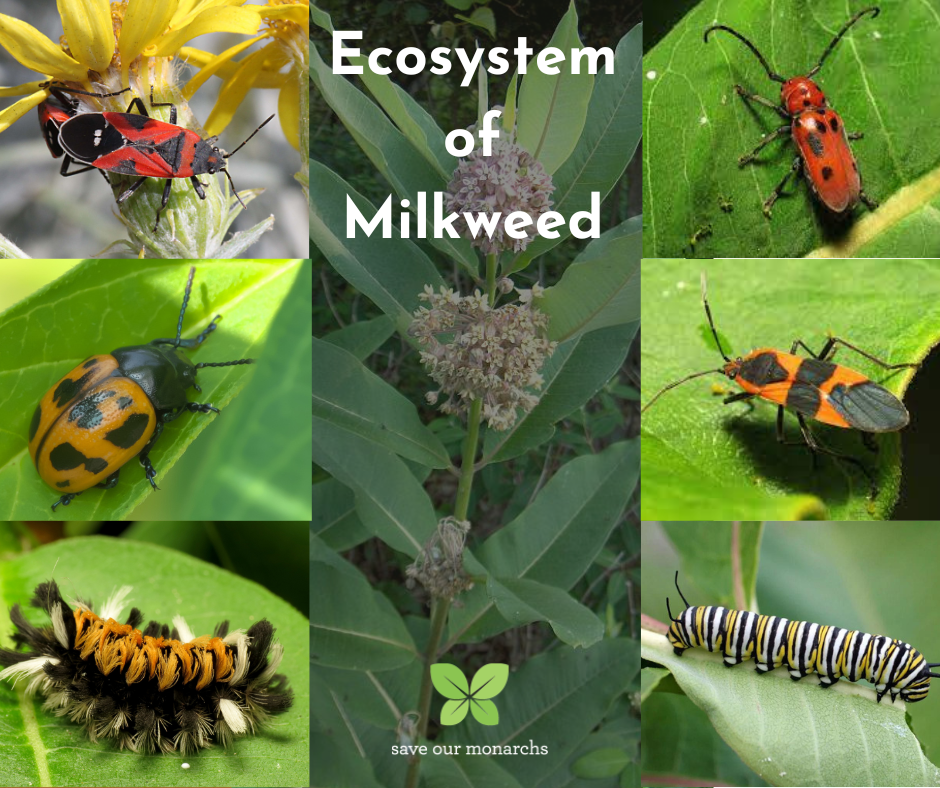
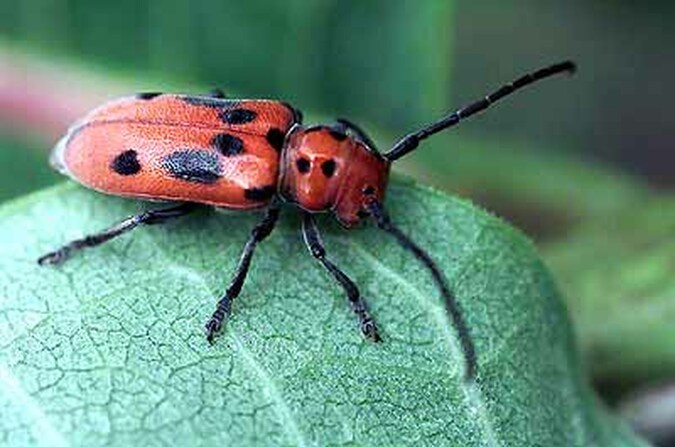
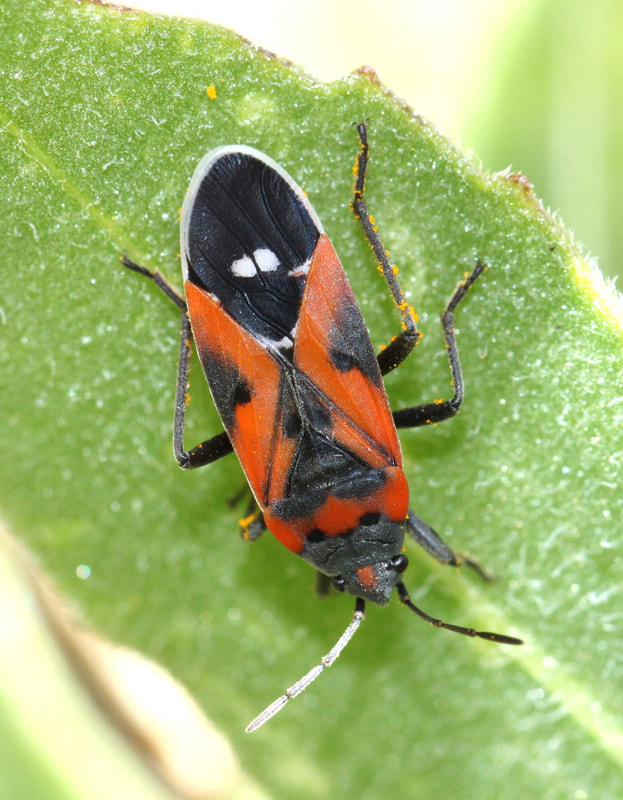
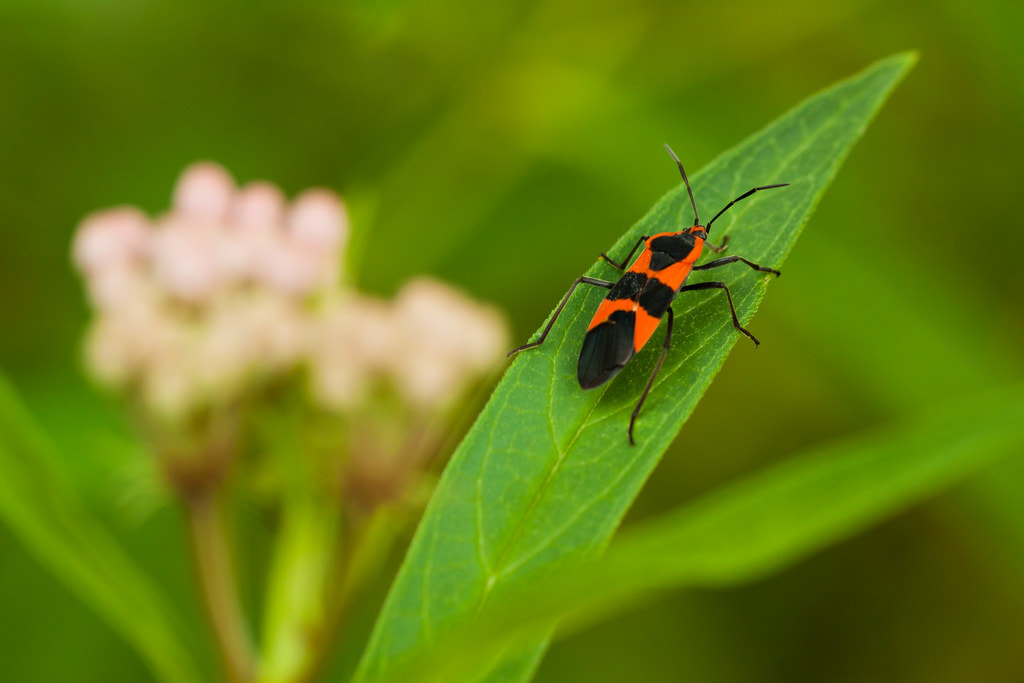
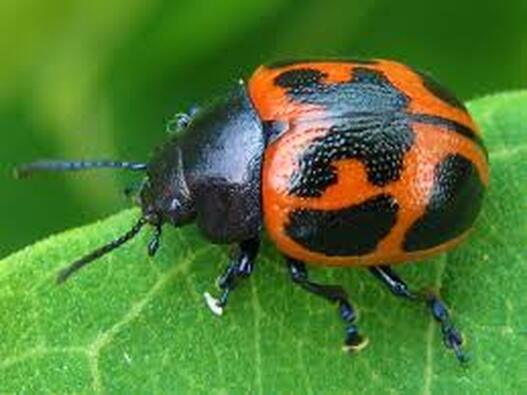
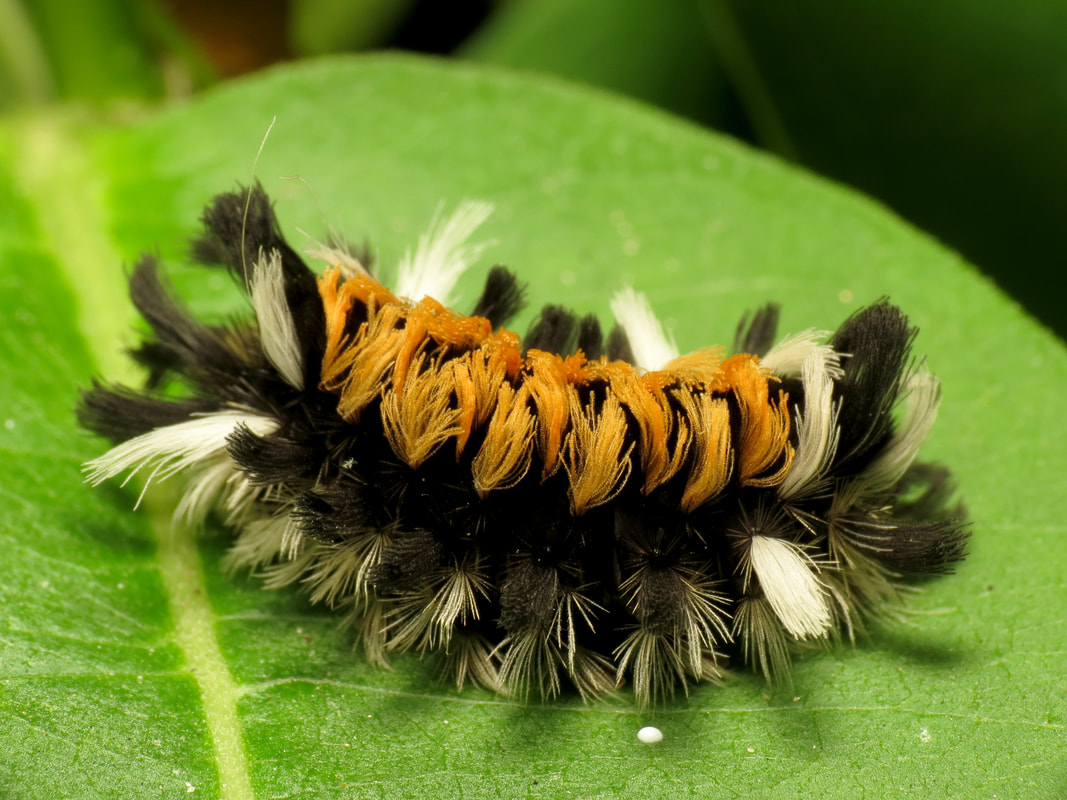
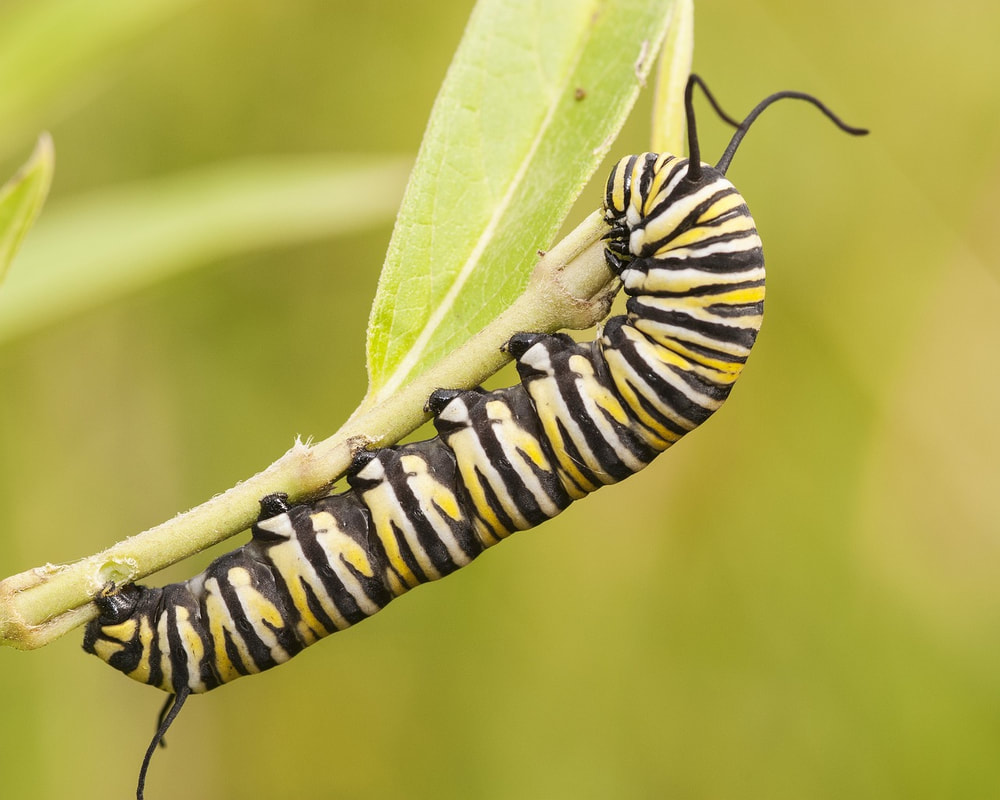
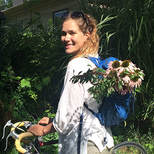
 RSS Feed
RSS Feed